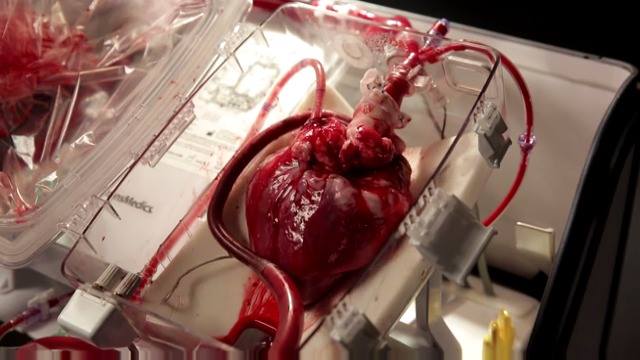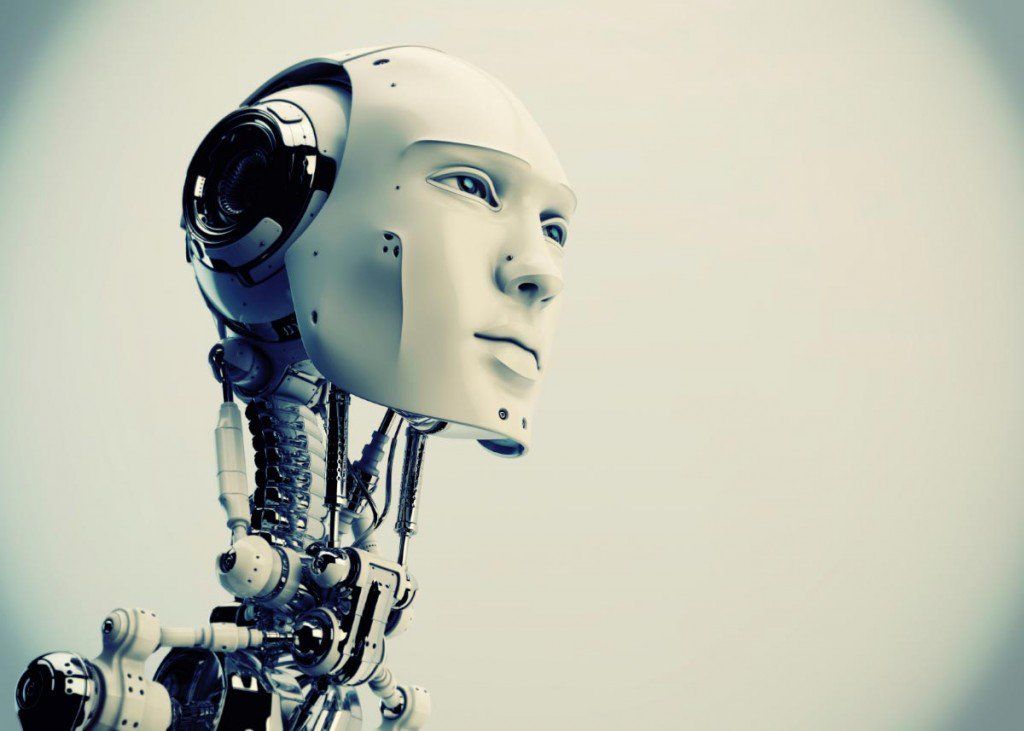Sep 2, 2015
Rethinking ‘The Martian’: Why Dust Storms Wouldn’t Sabotage A Real Mars Mission
Posted by Bruce Dorminey in categories: entertainment, space
 Matt Damon stars as a NASA astronaut stranded on the Martian surface in the forthcoming film adaptation of Andy Weir’s The Martian. Credit: Twentieth Century Fox.
Matt Damon stars as a NASA astronaut stranded on the Martian surface in the forthcoming film adaptation of Andy Weir’s The Martian. Credit: Twentieth Century Fox.
Martian dust storms rank among the most impressive in our Solar System. But no matter how menacing they appear from Mars orbit, they’re not likely to cause astronauts to abort future surface missions, says a planetary scientist who studies the phenomena.
Although such storms routinely engulf large swaths of the Red Planet for days at a time, any emergency serious enough to evacuate a crew isn’t likely to be triggered by a dust storm of the sort depicted in the forthcoming film adaptation of Andy Weir’s novel The Martian.

















